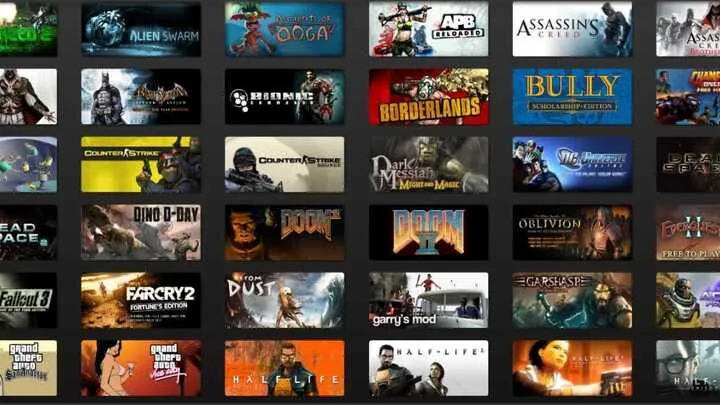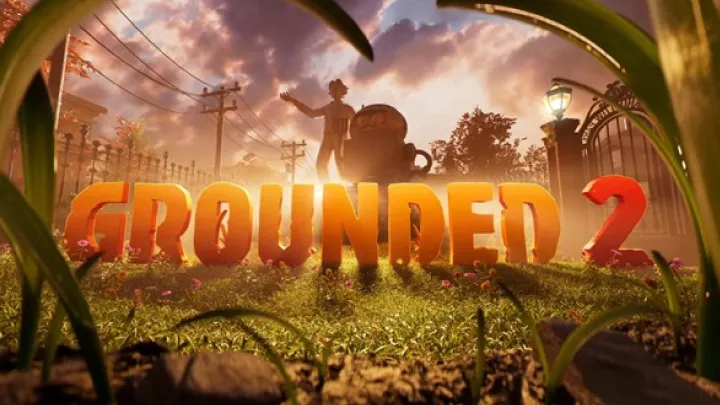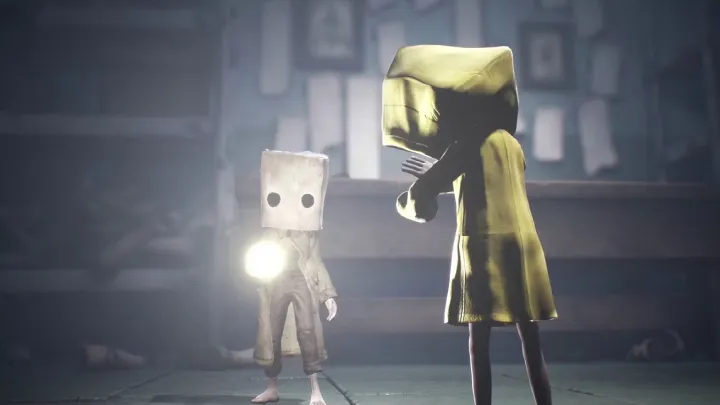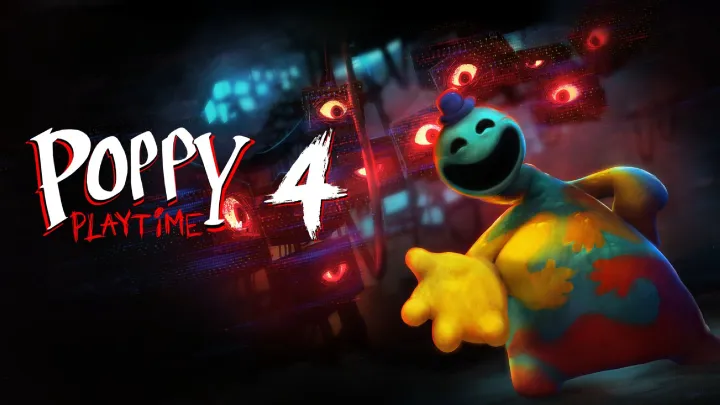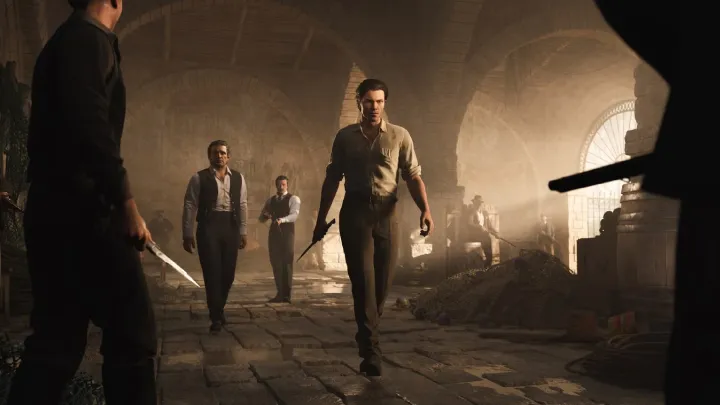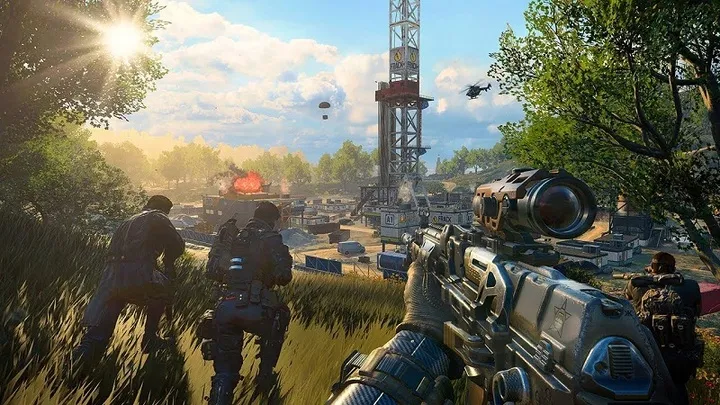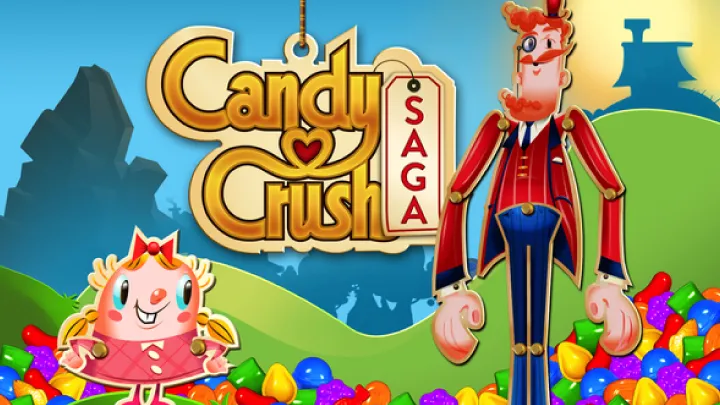Introduction
Sandbox games have redefined the gaming experience, offering players the freedom to explore, create, and express themselves in ways that traditional games often do not. These titles allow users to craft their own narratives, build intricate worlds, and engage in creative problem-solving. This article delves into the evolution of sandbox games, highlighting the most influential titles that have shaped the gaming landscape and inspired countless players to unleash their creativity.
1. Minecraft (2011)
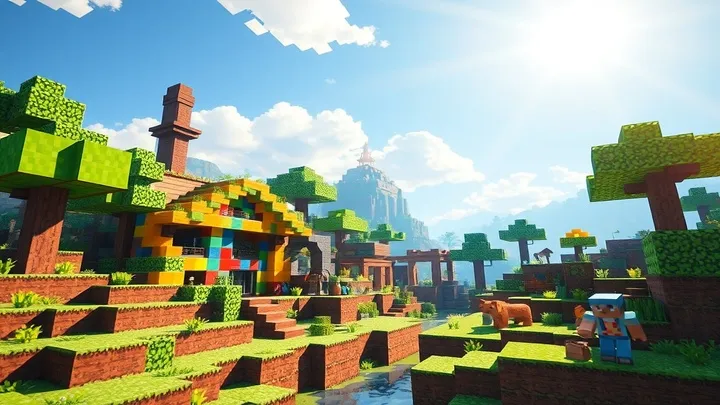
A Canvas for Imagination
Minecraft stands as a cornerstone of sandbox gaming. With its iconic blocky graphics, it invites players into a world where they can construct anything from simple structures to elaborate cities.
Key Features
- Diverse Modes: Players can choose between Survival mode, where they must gather resources and fend off enemies, and Creative mode, which offers unlimited resources for building.
- Community and Mods: The game boasts a vast community that shares mods and custom content, enhancing the gameplay experience.
Impact
Minecraft has become a cultural phenomenon, utilized in educational settings to teach various subjects, including mathematics and architecture. Its influence is undeniable, making it one of the best-selling games of all time.
2. Garry's Mod (2004)
Physics and Creativity Combined
Garry's Mod, or GMod, revolutionized the way players interact with game physics. Originally a mod for Half-Life 2, it evolved into a platform for creativity and experimentation.
Key Features
- Sandbox Mechanics: Players can spawn objects, create mini-games, and manipulate the environment in countless ways.
- Community-Driven Content: The game supports a thriving community that shares creations, from game modes to unique scenarios.
Impact
Garry's Mod demonstrated the potential for sandbox games to foster creativity, inspiring a multitude of user-generated content and role-playing communities.
3. Roblox (2006)
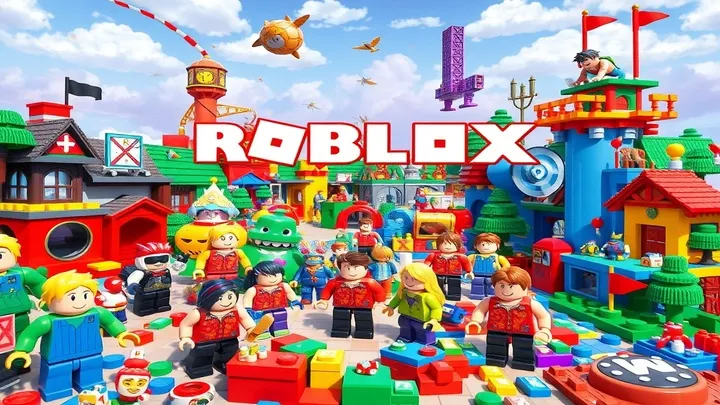
The Game Creation Platform
Roblox is more than just a game; it's a platform where users can create and share their own games. With its user-friendly development tools, it democratizes game creation for players of all ages.
Key Features
- User-Generated Content: Players can design and monetize their games, encouraging a robust economy within the platform.
- Social Interaction: The platform allows players to connect, collaborate, and play together, fostering a sense of community.
Impact
Roblox has empowered millions of young creators, leading many to pursue careers in game development and design.
4. The Sims (2000)
Virtual Life Simulation
The Sims redefined the simulation genre by allowing players to control the lives of virtual characters. Rather than focusing on competition, it emphasizes creativity and storytelling.
Key Features
- Open-Ended Gameplay: Players can design homes, build relationships, and guide their Sims through various life stages without specific objectives.
- Customization Options: The game offers extensive customization for characters and environments, allowing for personalized storytelling.
Impact
The Sims has influenced players to explore themes of identity and relationships, making it a landmark title in gaming history.
5. Grand Theft Auto V (2013)
Freedom in an Open World
Grand Theft Auto V is known for its expansive open world, offering players the freedom to explore, engage in missions, or simply enjoy the chaos of Los Santos.
Key Features
- Vast Open World: With multiple activities available, players can choose how to interact with the game world.
- GTA Online: The multiplayer mode adds a layer of creativity, allowing for player-driven narratives and economies.
Impact
GTA V has become a cultural icon, inspiring countless content creators and reshaping the landscape of open-world gaming.
6. Terraria (2011)
A 2D Sandbox Adventure
Often dubbed "2D Minecraft," Terraria combines sandbox building with RPG elements. Players explore, mine, and battle in a procedurally generated world.
Key Features
- Crafting and Exploration: Players can build, craft, and fight bosses, offering a blend of creativity and adventure.
- Depth of Gameplay: With thousands of items and crafting options, the game encourages exploration and experimentation.
Impact
Terraria has shown that sandbox gameplay can thrive in a 2D environment, influencing many indie developers to adopt similar designs.
7. Spore (2008)
Evolution in a Sandbox
Spore allows players to create and evolve life forms from microscopic organisms to complex civilizations. Its unique gameplay mechanics provide a broad canvas for creativity.
Key Features
- Full Creative Control: Players can design creatures, vehicles, and buildings, impacting their evolution and progression.
- Unique Gameplay Progression: The game transitions from cellular to cosmic gameplay, showcasing diverse creative possibilities.
Impact
Spore was ahead of its time, demonstrating how games could provide players with expansive creative control over their environments.
8. LittleBigPlanet (2008)
Play, Create, Share
LittleBigPlanet introduced console players to the world of user-generated content. Players can create levels and share them with others, fostering a collaborative environment.
Key Features
- Community Engagement: The game encourages sharing and collaboration, with millions of user-generated levels available.
- Charming Aesthetic: Its unique art style and design tools make it accessible and inviting for all players.
Impact
LittleBigPlanet has inspired future creative platforms, establishing a "play, create, share" ethos in the gaming community.
9. Second Life (2003)
A Virtual Economy
Second Life blurs the lines between gaming and social interaction. Players create avatars, build virtual businesses, and participate in a user-driven economy.
Key Features
- User-Driven Content: Players can create and sell their own virtual goods and experiences.
- Social Interaction: The platform allows for a wide range of social activities, from concerts to education.
Impact
Second Life paved the way for discussions about virtual worlds and economies, influencing the concept of the modern metaverse.
10. Kerbal Space Program (2011)
Science Meets Creativity
Kerbal Space Program invites players to build and launch rockets, exploring space while learning about physics and engineering.
Key Features
- Physics-Based Gameplay: Players must understand and apply real-world physics to succeed in building spacecraft.
- Educational Value: The game teaches players about orbital mechanics and space exploration in an engaging way.
Impact
Kerbal Space Program successfully merged creativity with scientific learning, inspiring interest in space and engineering among players.
Conclusion
Sandbox games have played a crucial role in shaping the gaming industry, offering players the freedom to explore, create, and share their experiences. From the limitless worlds of Minecraft to the community-driven platforms like Roblox, these games prove that gaming can be a powerful medium for creativity and self-expression. As technology continues to evolve, the future of sandbox gaming promises even more innovation, allowing players to build entire universes of their own.









